Planet X Incoming: From 30 inches of snow to 90 Degrees!
More than 30 inches of snow enveloped Mount Washington Observatory
this weekend — just days before parts of Massachusetts are expected to
have temperatures in the 90s.The snow started Saturday night at the New Hampshire observatory and continued through Monday, covering the mountain with about 33 inches before stopping, according to a Facebook post from the observatory.
A May snowfall is not unusual at the observatory, said Chris Kimble, a National Weather Service meteorologist. About 12 inches of snow typically falls in May at the observatory, which has an altitude of 6,300 feet.
But this weekend’s storm broke a couple weather records, including the largest snowfall for a single day in May.
“In 1967, 22.2 inches fell, and this weekend we got 22.9 and counting,” Kimble said.
The record for the largest single-storm snow in May was also broken, he said. From May 21 to 24, 1997, the observatory was hit with 30.6 inches of snow. This weekend, 33.3 inches fell.
So far, over 45 inches of snow have fallen at the observatory this month.
Despite having more than three times the average snowfall, this month falls short of being the snowiest May ever at the observatory, Kimble said.
“The most they’ve had (in May) is 95.8 inches, so we’re at just about half,” said Kimble.
Other areas in New Hampshire also got snow, but not as much — from 3 to 9 inches, he said. The cause of this sudden snowstorm is a lingering low pressure system that has kept the area cool.
“It wasn’t until this latest nor’easter that it all came down. Just the right combination of snow and moisture,” said Kimble.
Even as the observatory gets ready to dig itself out, Massachusetts is expected to see temperatures in the high 80s and low 90s by Thursday, according to the National Weather Service.
Such heat in May is “somewhat unusual, but not out of the ordinary,” said meteorologist Frank Nocera.
“In May, you often get tastes of either two or even three seasons. The average for this time of year is 71 degrees. On Monday, it was 51 and on Thursday it could be 91. So a 20-degree shift is drastic, but not uncommon,” said Nocera.
The shifts in temperature are caused by how ocean currents allow either hot or cold air to hit the region, Nocera said.
“I’ve been here since the late 90s,” said Nocera. “Temperatures like this are just this time of year.”
Strong dust storm, severe thunderstorms and large hail engulf Iowa
An apocalyptical dust storm, heavy thunderstorms and large hail swept across Iowa, damaging homes and cars.
Mother nature? Not anymore… Methodic energy induced storms with tornado and severe thunderstorm warnings for a large part of northeast Iowa.
Now a few more pictures of the dust storm, omnious clouds and the hail stones that damaged Iowa yesterday evening:
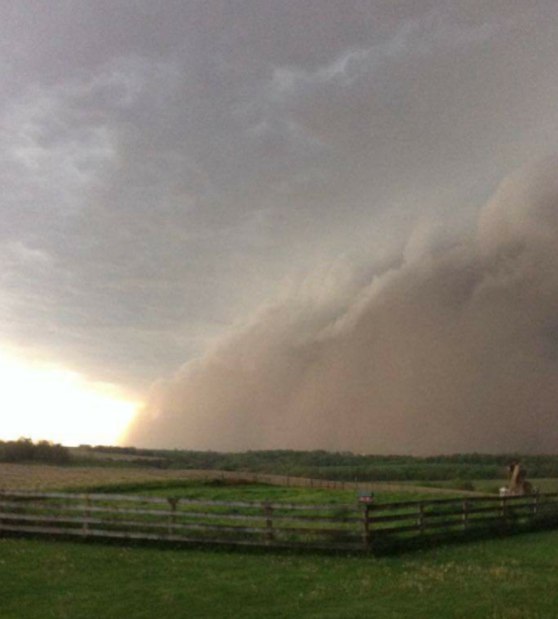
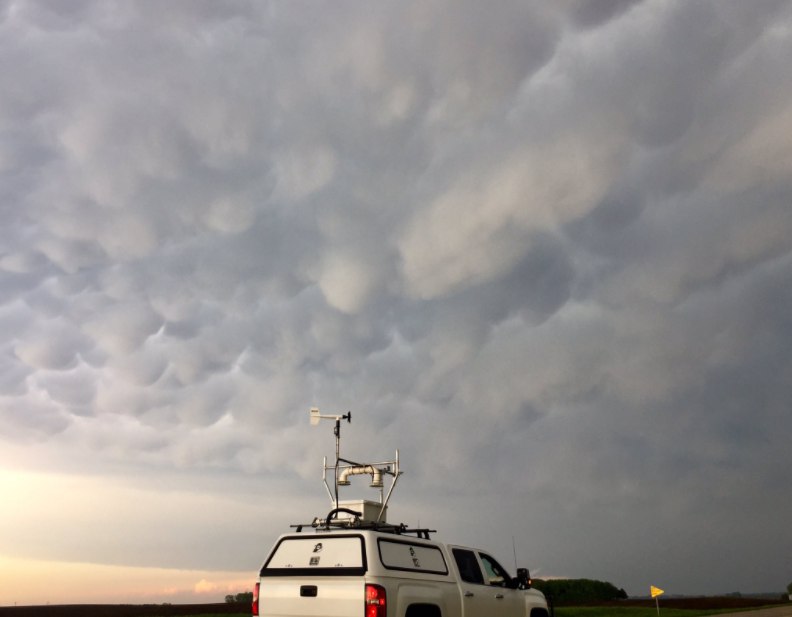
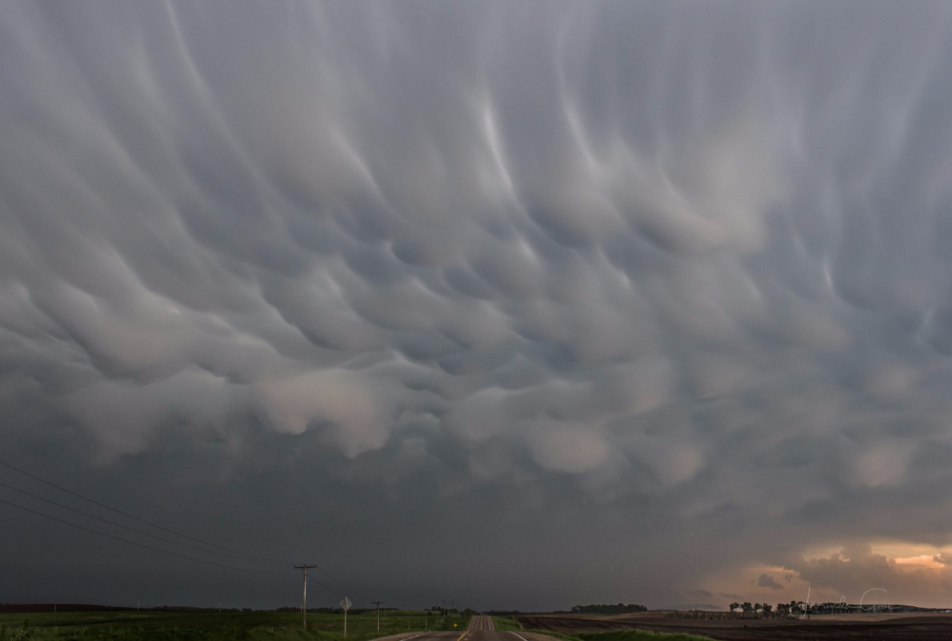

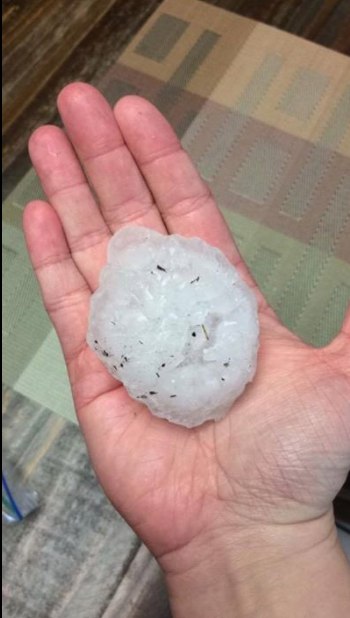
Unusually high numbers of earthquakes hit Alaska in May 2017
A series of significant May earthquakes and their aftershocks are being examined by seismologists, as Alaska is markedly above its usual rate of earthquakes for the month.
Alaska records 3,000 quakes statewide in a month but right now, we have already recorded close to the monthly average in just the first 10 days.
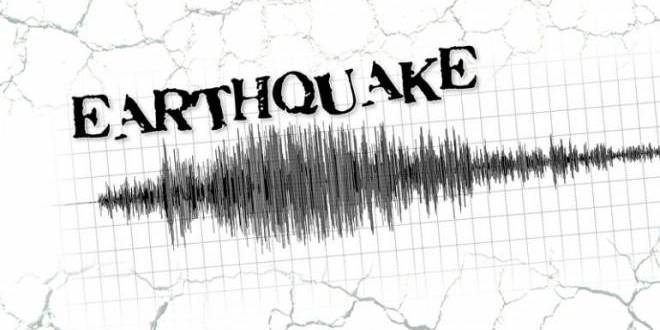
This unusual sequence comprises among others:
- 3 earthquakes larger than magnitude 6
- 7 larger than magnitude 5
- 50 larger than magnitude
The state also saw a 5.2 quake 10 miles north of Ninilchik on May 6 that was felt in Valdez and Palmer, as well as a 3.8 shaker the following day northeast of the Fort Knox Gold Mine that was felt in Fairbanks.
On Monday, a pair of 5.5 temblors off Adak in the Aleutian Islands built to a 6.2 quake.
The highest number of quakes recorded statewide to date came in 2014, when more than 40,000 were detected. Totally crazy.
Volcanic island NISHINOSHIMA continues to grow in Japan – 180 meters in 2 weeks
The volcanic island Nishinoshima continues to grow due to an intense eruption and strong lava flow.
Within 2 weeks it gained more than 170 meters of new lava ground or 70,000 square meters.
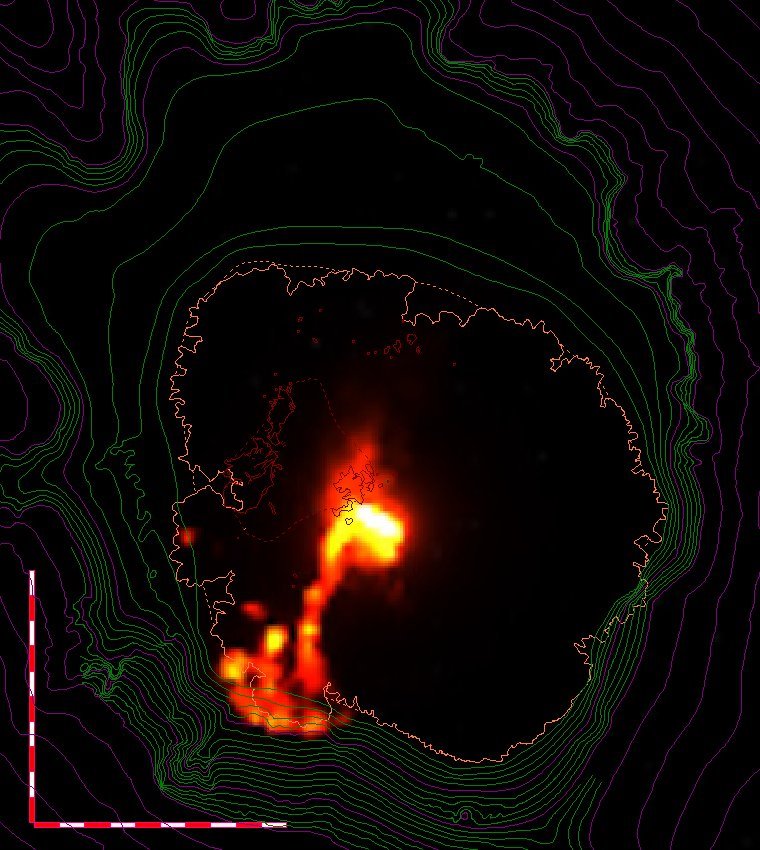
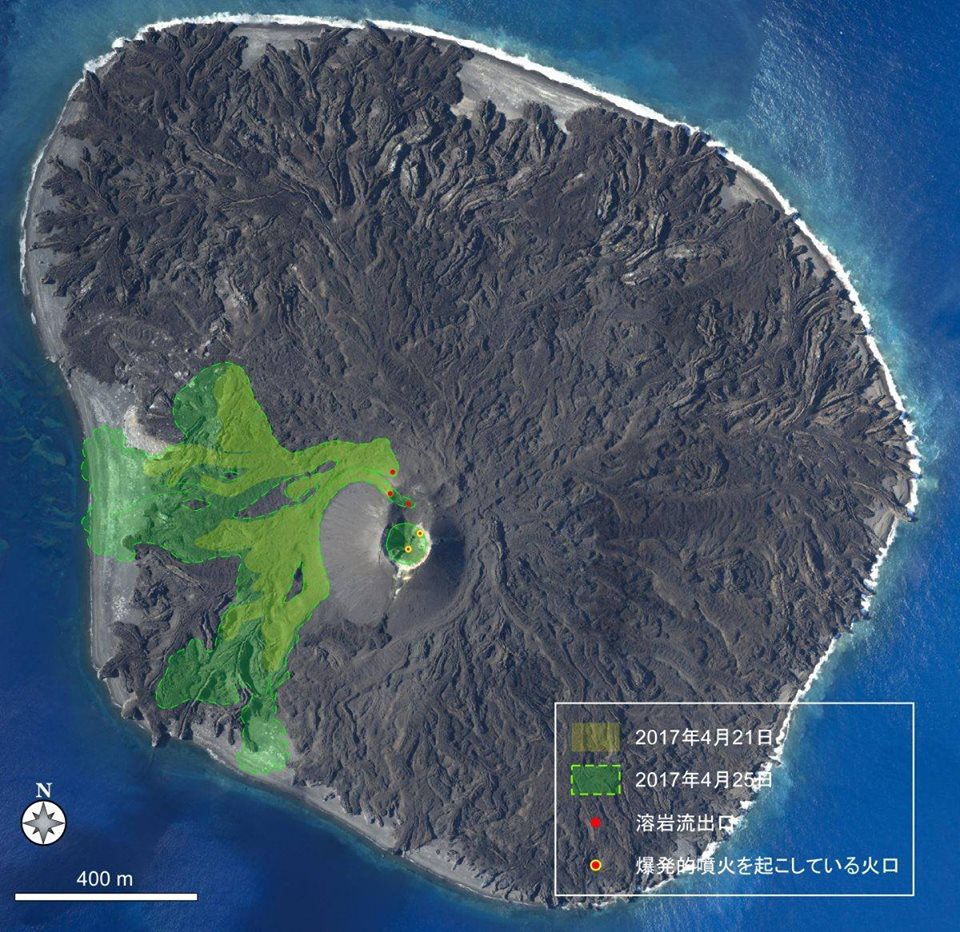
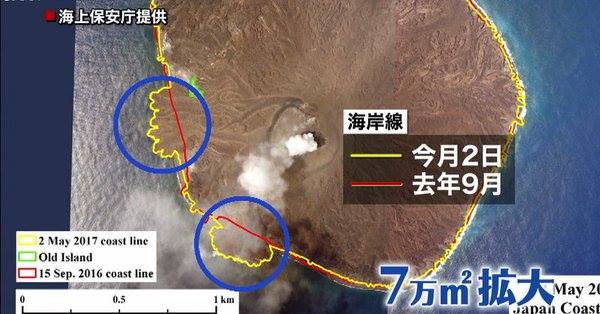
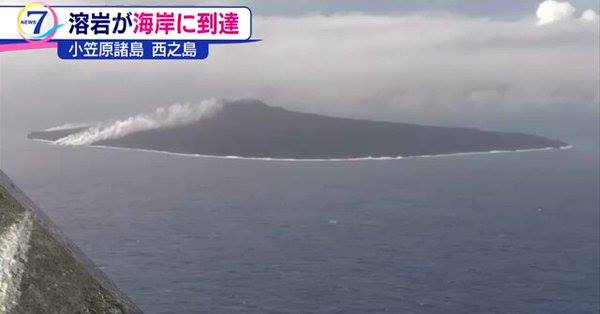
Earthquake Shakes Up Residents in Bardwell, KY – 3rd Quake on New Madrid In 7 Days

This is the third quake along the New Madrid over the past week. A magnitude 2.9 struck near Lilbourn, Missouri on Sunday, and a 1.9 last week near Tiptonville, Tennessee. No damage has been reported with any of the tremors. FULL REPORT
